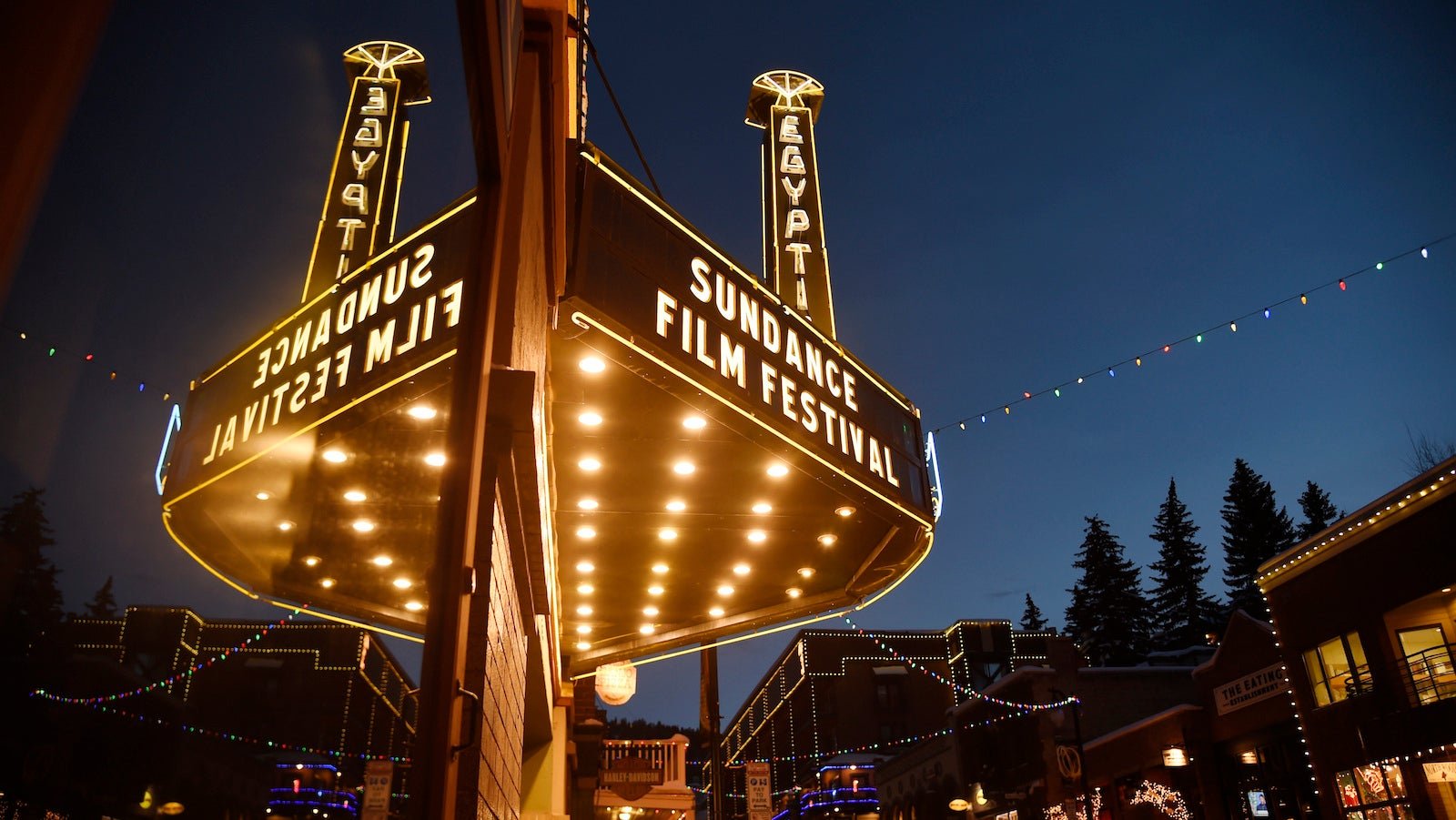This year’s Sundance Film Festival uses your body as the movie screen
When there’s no more room to grow, you shift to the virtual world.


When there’s no more room to grow, you shift to the virtual world.
Sundance Film Festival has traditionally been the home for challenging films that are willing to test the boundaries of independent cinema. But in an era where entertainment is no longer confined to the limitations of a screen, it’s time for these risks to take place in a virtual landscape.
At this year’s Sundance Film Festival, artists are utilizing our bodies as platforms for new storytelling projects. Instead of having us sit and passively watch a film, they are creating new worlds that enable audiences to see into the future and experience the changing ways we’ll interact with each other. In 2017 there are nearly 50 of these types of projects that are far more powerful than lounging in cinema seats and tossing popcorn into your mouth.
That’s not to say the typical high-caliber programming isn’t present: The 2017 edition of Sundance, which runs through Jan. 29, offers timely dramas and documentaries like Beatriz at Dinner, which is about a Mexican immigrant clashing with a smug billionaire, City of Ghosts, an ISIS war film, and An Inconvenient Sequel, the follow-up to Al Gore’s 2006 climate-change documentary, An Inconvenient Truth. Yet with each new festival, the feature films feel quaint and old-fashioned compared to the fast-growing New Frontier section. This separate program has experienced rapid growth over the past ten years from a basement storefront across the street from the historic Egyptian Theatre, to a shuttered lumberyard, and now to three distinct venues dedicated to interactive storytelling.
“I really believe something will emerge here and become a new medium, not only for entertainment and storytelling, but for the state of communication,” says Shari Frilot, New Frontier chief curator and Sundance senior programmer, who spoke at the launch of the festival. “These works engage storytelling in ways that go beyond simply having a fun, gamer experience.”
Capacity crowds are skipping typical festival screenings this year in favor of a more interactive experience. For example, Full Turn is a 3D kinetic film that can be experienced at 360 degrees via two spinning tablets. Inspired by his work as a video DJ, Benjamin Muzzin’s installation emits lights and sounds that flicker across the participants, who playfully interact with the work’s three-dimensional hologram.
“Don’t get me wrong. I feel like regular movies have their charm,” Muzzin says. “I even think black-and-white movies are beautiful. I just want to design another way to share a story.”
“Full Turn and other New Frontier experiences take us to a deep place,” Frilot says. “It has influence on our bodies and our brains. It’s disruptive. Silos get broken and brand new things come out of it…It’s not about being caught up with future gadgets—it’s about what it means to be human. How can we co exist with these powerful technologies?”
Physicist and painter Benjamin Outram is inspired by his technologist colleagues at Keio University’s Graduate School of Media Design in Tokyo. They’re hard at work designing, building, and testing haptic devices that prioritize touch in virtual experiences. Outram and his partner Ayahiko Sata bring full-body storytelling to Sundance via the “Synesthesia Suit.” This is an item of clothing that uses 26 vibro-tactile sensors to allow participants to dive headfirst into the rabbit hole of his candy-coated, psychedelic, 3D music film, Crystal Vibes (as well as a new version of the popular videogame Rez Infinite).
“Haptic technology came from motion-tracking development for Nintendo gaming systems,” Outram says. “My goal with Crystal Vibes and other haptic projects is about changing our perspectives in life…Can new media technologies help us transcend to something better than ourselves? The ‘Synesthesia Suit’ makes us all storytellers, artists as well as the art.”
Nearby, Brooklyn-based artists Winslow Porter and Milica Zec lead audiences through their haptic-enhanced VR experience Tree, which transforms participants into a rainforest tree, all the way from its seedling beginning to fiery demise. As the directors of creative agency New Reality Company, Porter and Zec believe that additional sensory stimulations like vibration and heat make Tree a valuable call to action for inspiring viewers to protect rainforests.
“The goal is for VR to become more accessible, affordable and available,” they say. “I want some kid to come here and experience Tree, then go pick up a camera and start making VR stories of his own.”
These are only three of the nearly 50 projects. There’s also the VR film The Sky Is a Gap, in which artist Rachel Rossin uses a headset to augment how viewers experience a volcanic explosion in time and space. Mindshow co-founders Jonnie Ross and Adam Levin use an app that allows viewers to make VR cartoons with their own voices and bodies. The call to action in the VR experience Chocolate is pure joy and whimsy: Set to music by electronica artist Giraffage, filmmaker Tyler Hurd just wants viewers to dance. And Heroes filmmaker Melissa Painter connects viewers with dancers performing on the stage of a classic movie house by combining 2D moviemaking with VR, and AR headsets.
All of these New Frontier projects embrace new distribution and delivery models for interacting with their audiences:. They’re not necessarily about getting their stories into cinemas—they’re about building global communities of loyal influencers, partners, and advocates. In this way, Sundance’s New Frontier experiences are committed to the ultimate democratization of film: the total embrace of the human body.
In the future, audiences will be able to communicate with each other digitally across the globe in real time: The audience becomes the movie, you are the cinema, and our bodies are the storytelling platforms